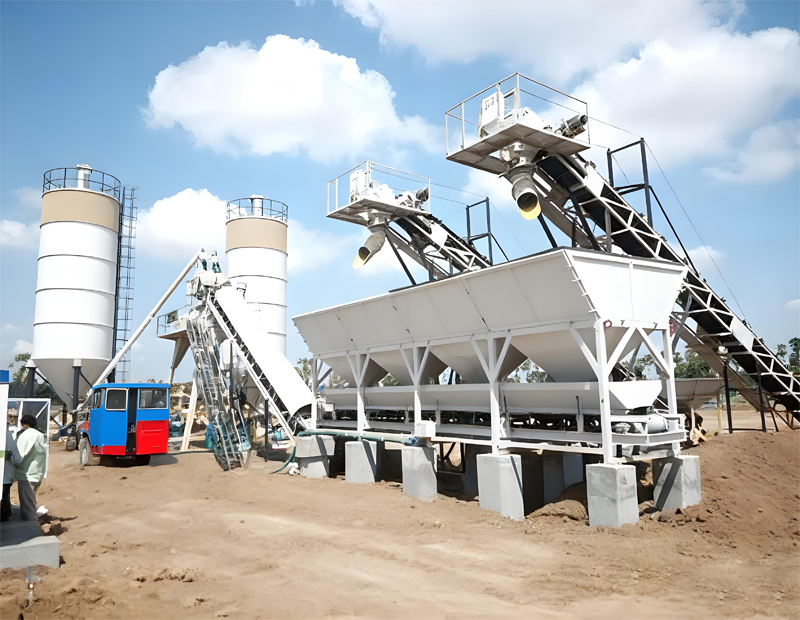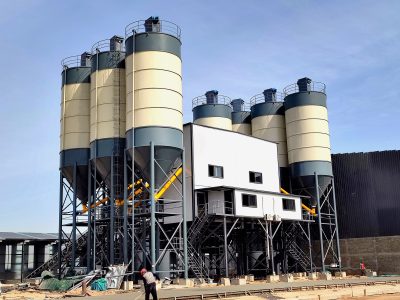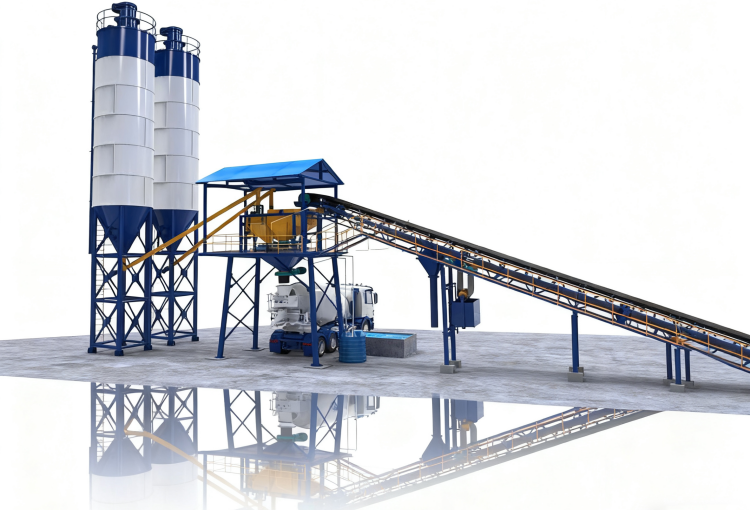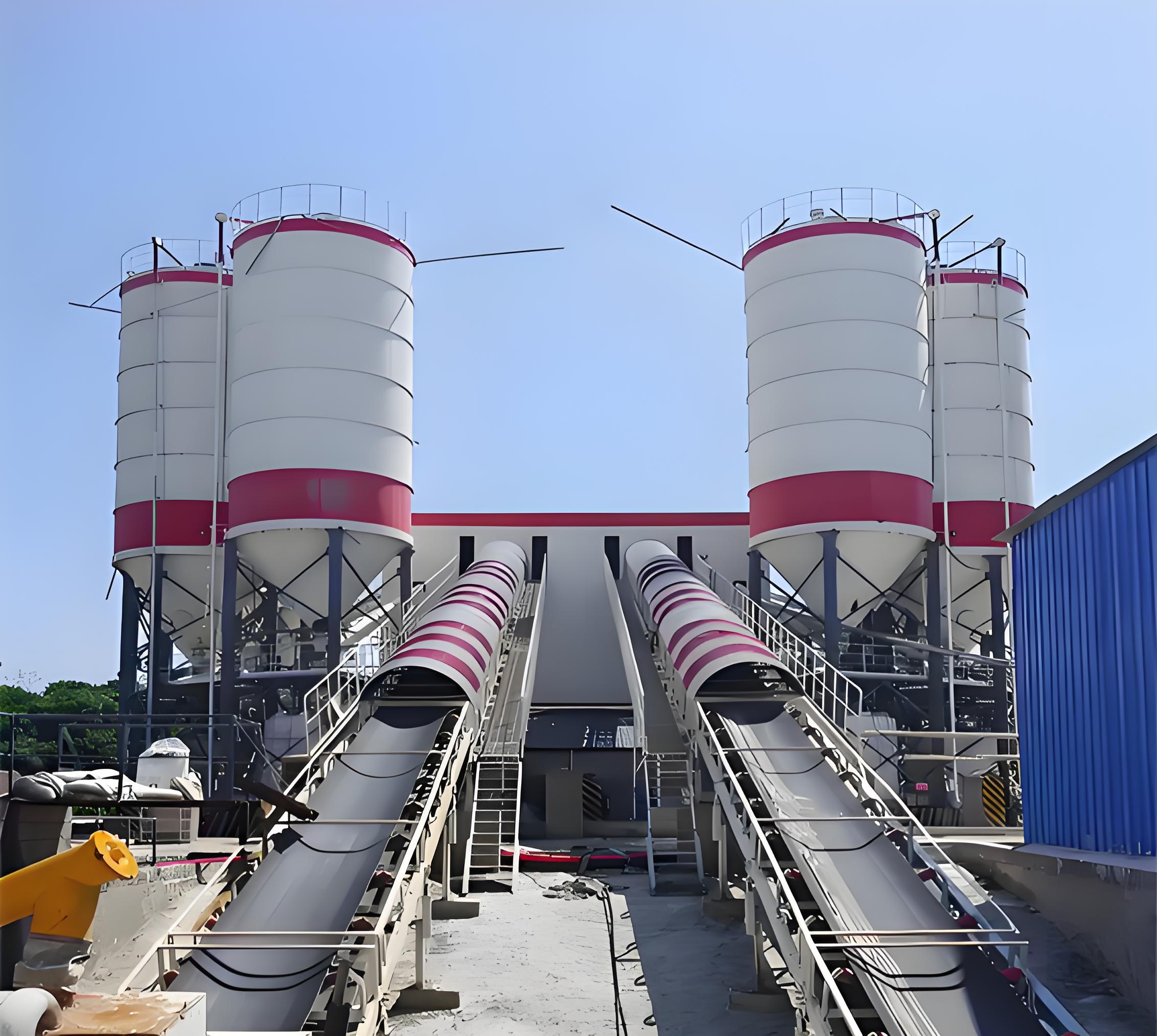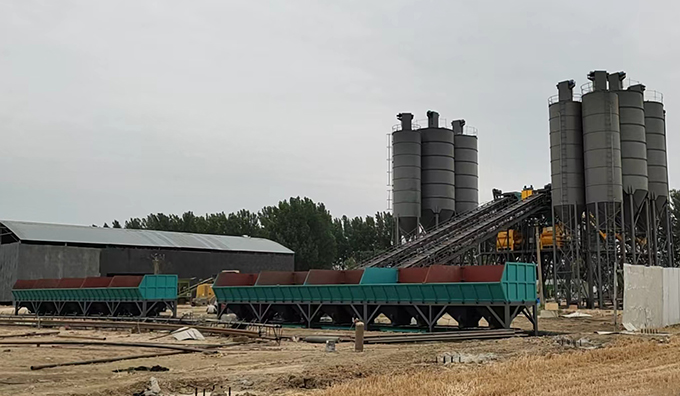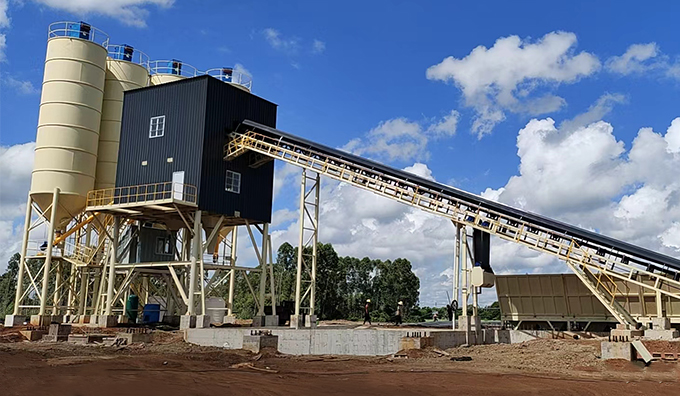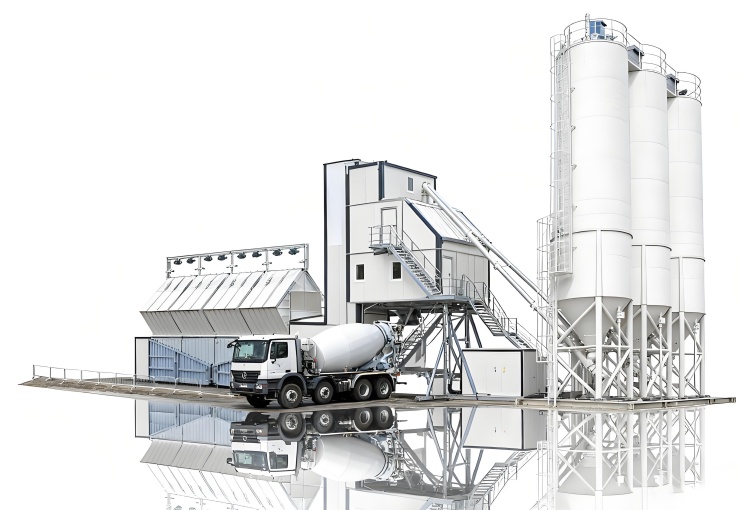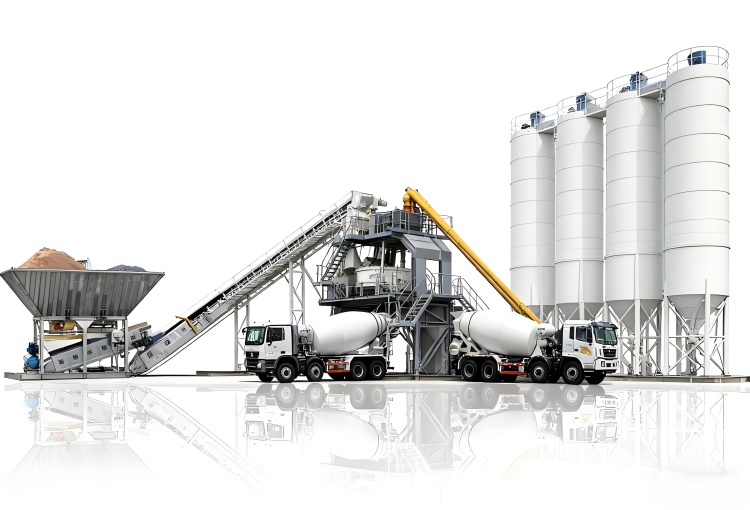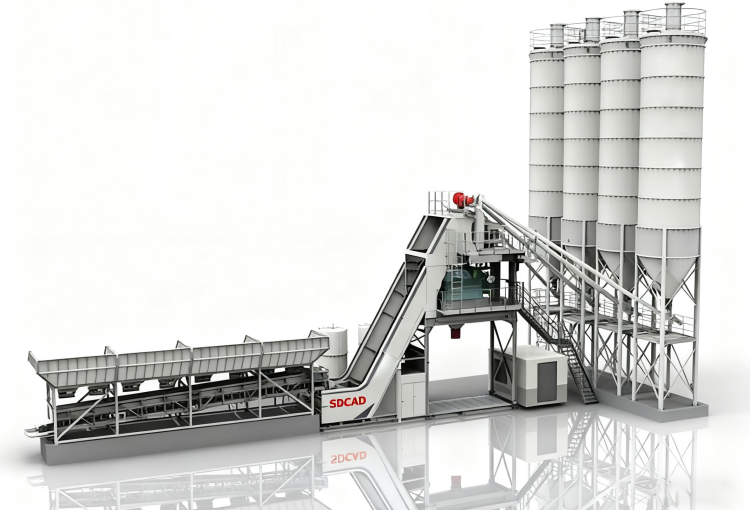Introduction: International Project Challenge
In the spring of 2024, a major port construction project in Europe faced delays due to improper concrete batching plant selection, causing critical work stages to be postponed by 12%. Project managers had to act quickly to avoid cost overruns. For international contractors, a concrete batching plant selection guide is not just theory—it directly affects construction efficiency, logistics planning, and project costs. Using the right ready mix concrete batching plant ensures consistent concrete quality and meets high construction standards.
Key Challenges in Choosing a Concrete Batching Plant
Selecting a concrete batching plant requires balancing capacity, quality, transportation, and site conditions. Twin-shaft mixers ensure uniform concrete, but if the weighing system, conveying equipment, or batching process is inaccurate, the quality can still fluctuate.
-
Mobile equipment (concrete batching plant mobile) offers flexibility and fast deployment on different construction sites but comes with higher unit costs and maintenance requirements.
-
Stationary plants (stationary concrete batching plant) are reliable for large-scale, long-term projects but lack flexibility.
-
Dry vs. wet mix: Dry mix is suitable for long-distance transportation but may compromise concrete consistency. Wet mix plants centralize mixing, delivering higher uniformity, though they demand stricter onsite operation management.
For smaller projects or compact construction sites, a concrete batching plant mini is highly suitable.
Core Solution: Matching Equipment to Project Needs
Project characteristics determine the right plant choice. Short-term or temporary international projects benefit from a portable concrete batching plant, enabling fast setup and lower initial investment. Long-term, large-scale infrastructure projects should consider a stationary concrete batching plant for continuous supply and consistent concrete quality.
Automation systems, digital weighing, and moisture monitoring are essential. They not only improve concrete uniformity but also ensure compliance with international environmental and safety standards. For instance, in 2024, a port expansion in Hamburg, Germany, used automated digital controls to optimize concrete mixing and transfer, significantly reducing waste and dust emissions.
For buyers, checking concrete batching plant sale offers or contacting concrete batching plant manufacturers can help identify the right model and pricing for their project.
International Case Studies and Data Comparison
-
UK Case: In 2024, a London Bridge project used a ready mix concrete batching plant to pour 1,500 m³ of concrete in just seven days, improving efficiency by 20% compared to traditional dry mix methods (Construction Europe Magazine 2024).
-
Personal Experience: On a Western European port expansion, our team initially faced dust issues with a fixed twin-shaft wet mix plant. After installing a central dust collection system and moisture sensors, concrete uniformity stabilized, and efficiency improved by 17%.
-
Operator Relevance: Companies hiring for concrete batching plant operator jobs should look for candidates familiar with automation and moisture monitoring systems.
Data comparison shows that between 2023–2024, mobile dry mix plants in North America and Europe had unit production costs 12% higher than stationary wet mix plants, with concrete uniformity CV values 0.08 higher. This indicates that cement concrete batching plants with central mixing provide more reliable quality control.
Risks and Practical Action Steps
Improper selection can result in insufficient production, inconsistent concrete quality, or environmental compliance issues, affecting international project schedules and budgets.
Action Plan 1: Create a Selection Matrix
-
List project size, schedule, transport distance, and required concrete strength
-
Match portable/stationary concrete batching plant and dry/wet mix solutions
-
Prioritize automation and environmental compliance systems
Action Plan 2: Conduct On-site Trial Mixing
-
Test concrete uniformity, discharge speed, and dust control efficiency
-
Adjust weighing, mixing time, and moisture control as needed
-
Ensure stable quality before full-scale operations
For research and vendor sourcing, use queries like what is concrete batching plant or check regional suppliers, e.g., Dublin concrete batching plant.




